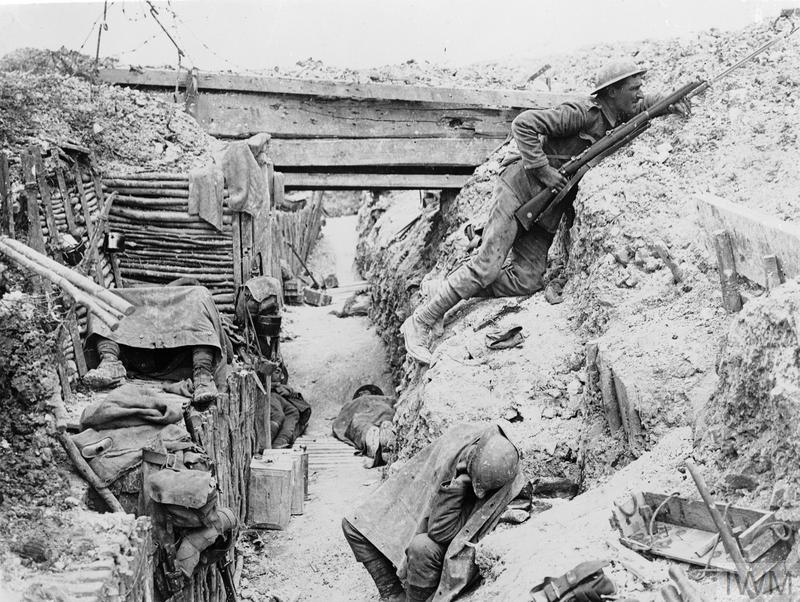

Only the faintest outlines of the great forts of Douaumont and Vaux could be traced against the churned up background.only broken, half obliterated links of the trenches were visible." Nothing in the war ever equaled the intense slaughter and gothic, nightmarish qualities of Verdun.īelow are some of the letters of French poilu-the average soldier-as well as a marraine de guerre (soldier's sponsor/pen pal They speak of artillery bombardments and trench life, of the indifference of civilians and the longing to see their families again. Villages were gray smears where stone walls were tumbled together. Roads had vanished, and forests were fire-blackened stumps. Every sign of humanity had been swept away.

The miserable soldiers of both sides ate, slept and fought among the dead, and the reek of death.įlying over the battlefield, American pilot Edwin Parsons, a volunteer for France and a member of the famous Escadrille Lafayette, saw below him how ".Nature had been ruthlessly murdered. This continual rain of shells hacked and rehacked bodies, ripped graves open, spewing human limbs and pieces of flesh and bone over the entire field, where they rotted in the open air. Some 40 million artillery shells were fired over the course of the battle, pulverizing the chalky ground, turning forests into blackened splinters and the earth into a shattered lunar landscape. Approaching the front, soldiers first noticed the sky which was an unchanging smoky grey, animated at night by fantastic writhing tongues of orange, yellow, red and icy white thrown up by the virtually unceasing artillery barrages. The battlefield was surrealistic in its horrors. The battle of Verdun was to sear the memories of all who had fought there. Verdun is one of military history's rare examples of the defense losing more men than the offense. Each German advance was met with an immediate and brutal French counter-attack. Although forts Douaumont, Vaux and others eventually fell to the German troops, every inch of ground was bitterly contested. They were not about to let the humiliation of 1870 happen to them once again. In the end, Falkenhayn's grim plan almost worked unfortunately for him, he nearly bled his own army to death in the process.įor the initial attack-the largest mankind had ever seen up to that time - the Germans amassed 1200 artillery pieces, including several giant 420mm "Big Berthas." After the opening barrage, Crown Prince Wilhelm's 140,000 man-strong Fifth Army stormed up from the east bank of the River Meuse toward Fort Douaumont, the largest and most powerful of the French forts.įrom the outset, the French fought with a frenzied ferocity. An attack here, Falkenhayn had reasoned with bizarre logic, would force the French to use every man they had to defend it-thereby "bleeding" the French army to death and knocking France out of the war. No longer of any military value, the forts' real worth was symbolic-they represented French pride and independence, indeed the French nation itself.

His idea was to strike a fatal blow at the roughly 20 sunken forts located in the hills near Verdun. The battle was designed in December 1915 by the enigmatic Erich von Falkenhayn, the German army's chief of staff. This is a land where sadness hangs in the air like a living presence. The dead are everywhere: the ossuaire, Verdunts massive Art Deco war memorial, contains the remains of 130,000 French and German soldiers alone. To this day, the land around Verdun is torn and scarred by the war: thousands of shell holes pock the countryside, trenches slice through woods and fields, huge mine craters gape up at the sky, and rusting clumps of barbed wire and the broken hulks of fortresses litter the area. Extending from 21 February to 15 December 1916, it is the longest battle history has ever known. Voices from Verdun by O'Brien Browneįew stretches of land in Western Europe are as blood soaked as the Verdun battlefield, where 80 years ago 700,000 to 800,000 Frenchmen and Germans were killed, wounded or captured in perhaps the most terrible battle of the Great War. From the Winter 1998 Issue, Volume Seven, Number One:įrench colonials rest amid the descruction at Verdun.


 0 kommentar(er)
0 kommentar(er)
